While Singapore boasts exciting theme parks and thrilling adventures, Singapore’s National Monuments offer a unique way to learn and explore Singapore.
Singapore has over 80 National Monuments, reflecting its rich multicultural background. Explore grand mosques and temples alongside colonial-era buildings. Learn about Singapore’s history from traditional Chinese clan houses to wartime sites like Fort Canning Park.
These monuments offer a fun way for families with young children to discover Singapore’s unique past and spark in children a love for history, nature, and different cultures.
The most famous Singapore National Monuments
- The Former Convent of the Holy Infant Jesus Chapel (1904), currently known as Chijmes Hall, became internationally famous after the wedding in the movie Crazy Rich Asian. Chijmes also hosts another national monument: Caldwell House (1841). This charming area offers restaurants with diverse cuisines and an open space for kids to play.
- National Gallery Singapore occupies two National Monuments: The Former Supreme Court (1939) and City Hall (1929). The architecture is beautiful, and families can enjoy kid-friendly activities at the Keppel Centre.
- The Asian Civilisations Museum is housed in the Empress Place Building (1867). The museum often provides activity booklets for children to explore temporary exhibitions.
- The National Museum of Singapore (1887) has always been dedicated to the history of Singapore. It is a must-visit to understand where this country comes from and how it grew to be such a successful city.
- The Fullerton Building (1928) was formerly a post office. Now transformed into a hotel, you can enter freely to consult the historical information available on the ground floor and especially in the underground passage that leads to the Fullerton promenade. Children will enjoy the Lego model of the building.
- The Raffles Hotel (1887) offers a glimpse into Singapore’s colonial past. Families can stroll under the beautiful arches and through the small courtyards and gardens, offering a delightful respite amidst the bustling city. With older children, families might enjoy the experience of high tea (reservations recommended).
- The Former Telok Ayer Market (1894), currently known as Lau Pa Sat (老巴刹, ‘Old Market’), was built with Victorian cast-iron elements prefabricated in Europe and a high-ceilinged octagonal structure. It has been a hawker centre since 1972. While it is busy for lunch during the week with the businessmen of the CBD, you can go there in the evening or during the weekend. You will find many options for kids to eat. In the evening, you can eat on Satay Street nearby.
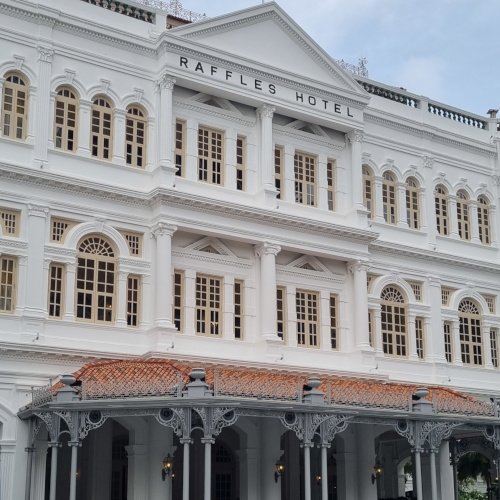
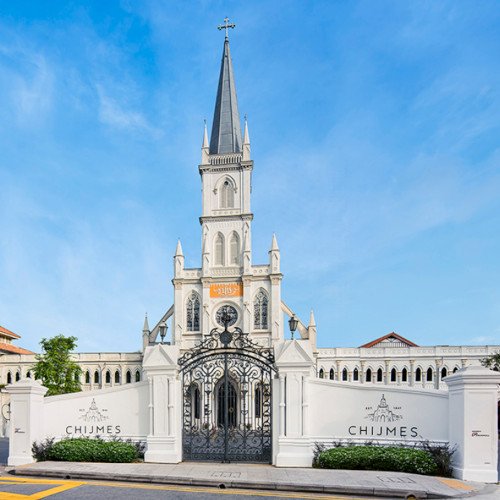

The hidden gems
Some National Monuments are less known but are worth visiting with children:
- The Central Fire Station (1908) can be visited some Saturday mornings. Learn about firefighters’ jobs and equipment (check their website for details and booking). It’s a fun way for kids to discover fire safety.
- The Former Ford Factory (1941) now hosts a very interesting museum about World War II in a way that’s easy for children to understand. It’s a good place to learn about this part of Singapore’s history.
- Fort Siloso (1878) was recently named a National Monument (2022). Kids will like seeing the old cannons and the organization of the fort. The fort has a nice view of Sentosa Island, and you can visit the beach nearby.
- Istana Kampong Glam (1843) hosts the Malay Heritage Centre, a great museum for kids to learn about the Malay culture of Singapore and its history.
- Sun Yat Sen Villa (1880) is now a museum. They have special activities for kids during Chinese festivals.
- Thian Hock Keng (1842). This beautiful temple is a great place to learn about Chinese culture. Families can even do a treasure hunt here to learn more about the temple (check Explore&Play in Chinatown).
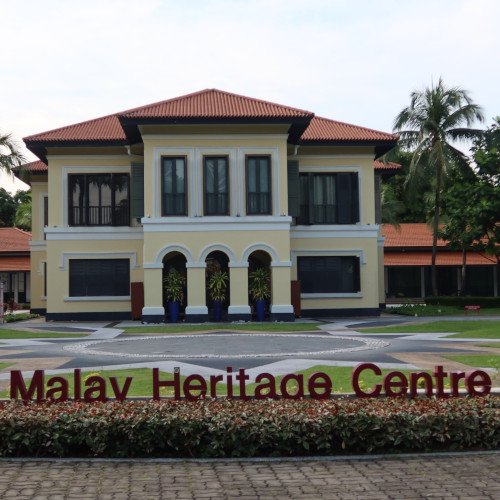
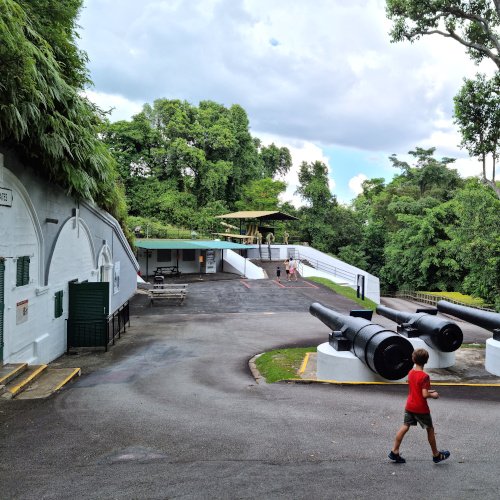
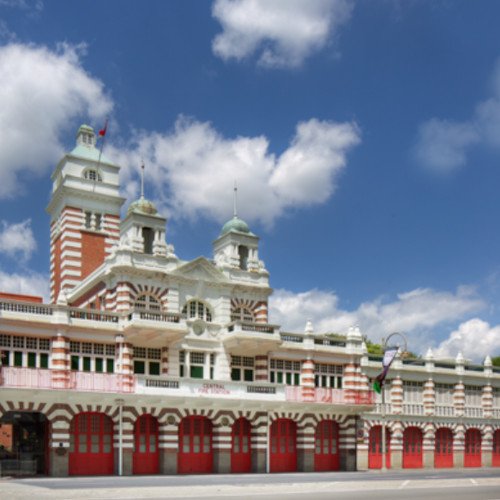
The oldest National Monuments
Established in 1973, the first eight monuments offer a diverse glimpse into the multicultural heritage of Singapore with:
- religious sites: the Armenian Church (1836), Sri Mariamman Temple (1827), ), Masjid Hajjah Fatimah (1846), Saint Andrew’s Cathedral (1861), and the Cathedral of the Good Shepherd (1847),
- the first free traditional Chinese medical clinic: Former Thong Chai Medical Institution (1892),
- as well as colonial-era landmarks: Anderson Bridge (1910) and the former Telok Ayer Market (1894).
Singapore’s latest National Monument
The Padang (1822) is a large field originally located by the sea. It witnessed many historical events since its creation by Sir Stamford Raffles. The Padang is famous for hosting Singapore’s National Day Parade every five years. It’s also used for important sporting events.
Many National Monuments are religious buildings, read our article on Singapore Churches.
The full list of National Monuments can be found on Roots.gov.sg.